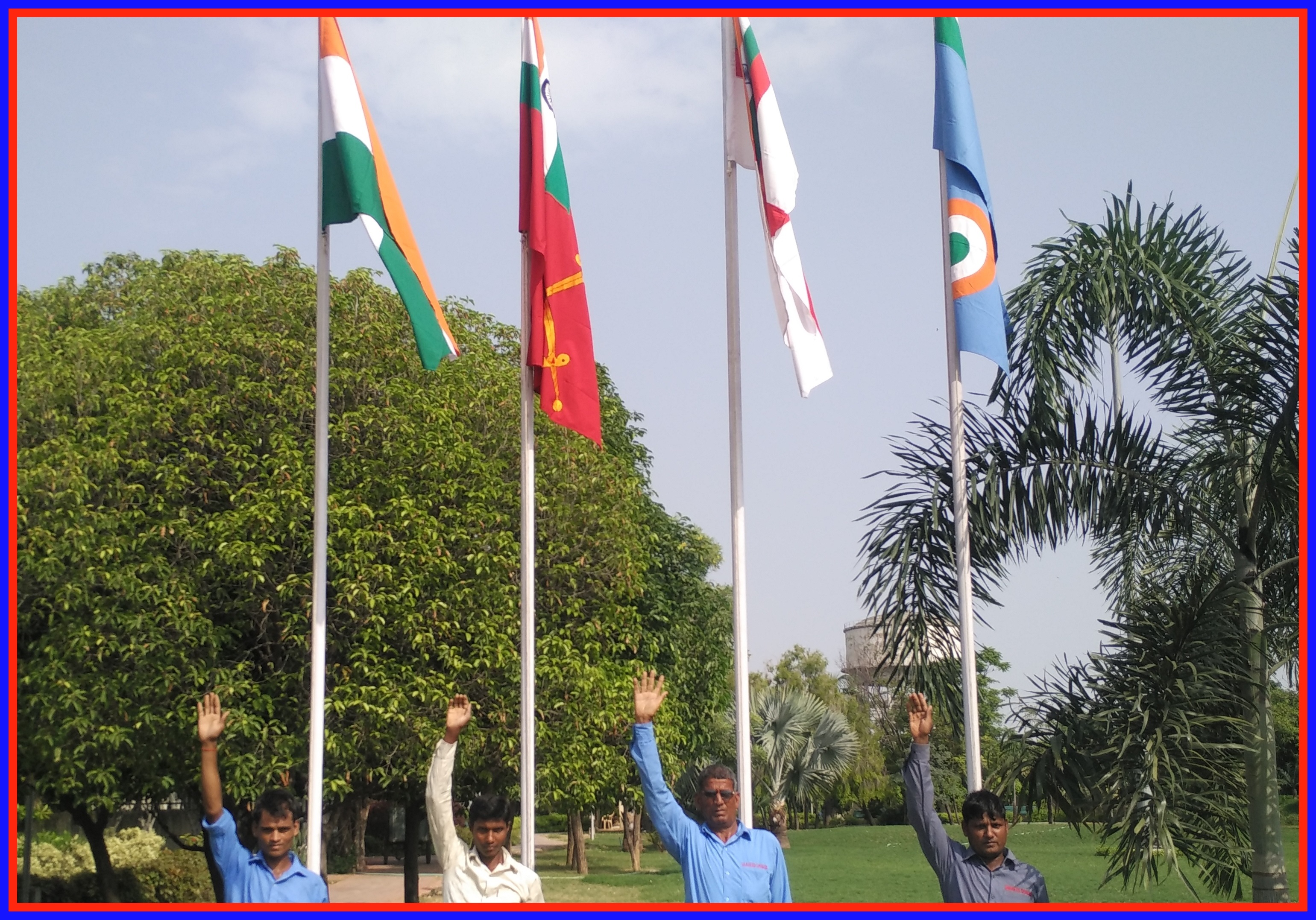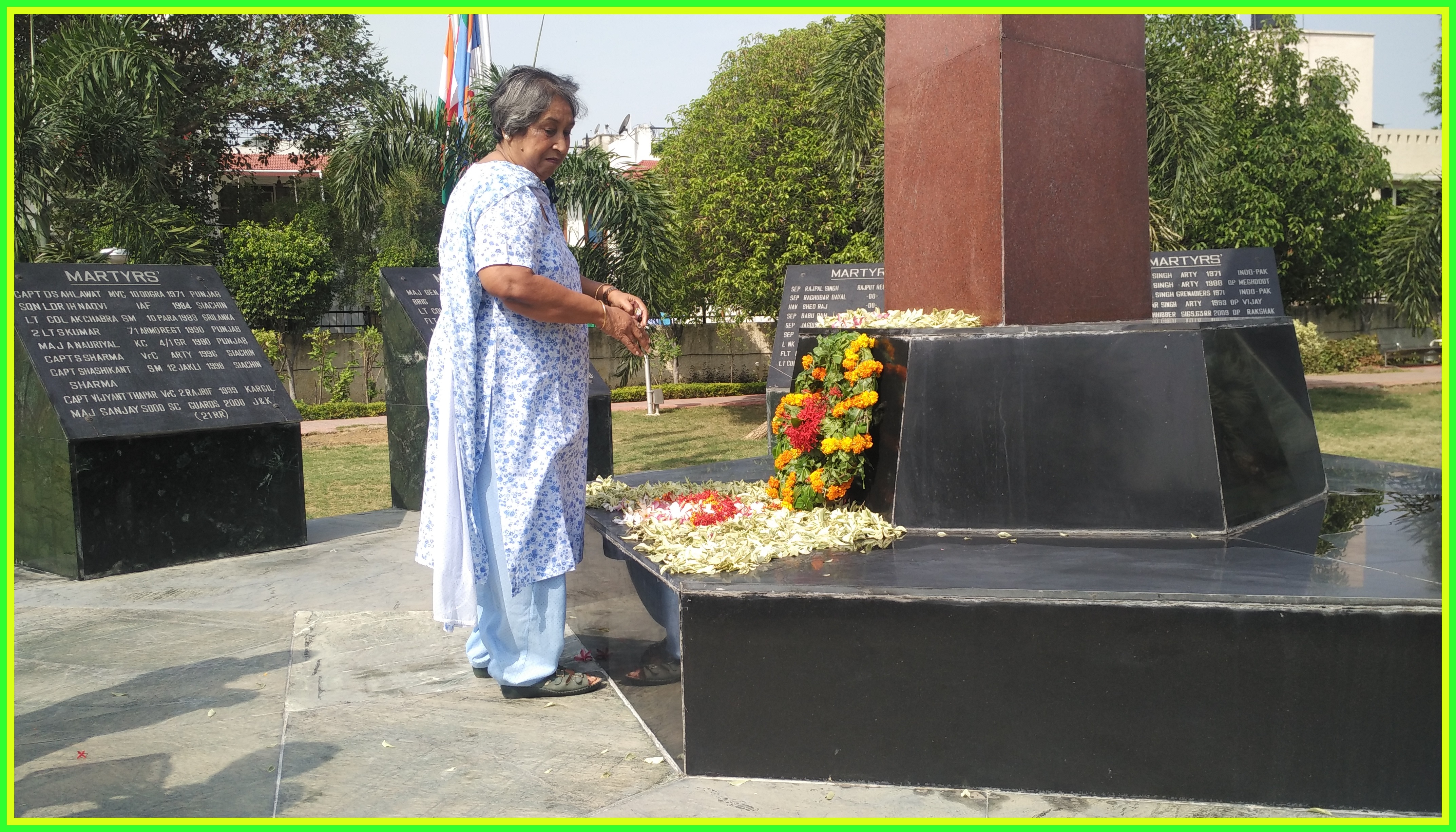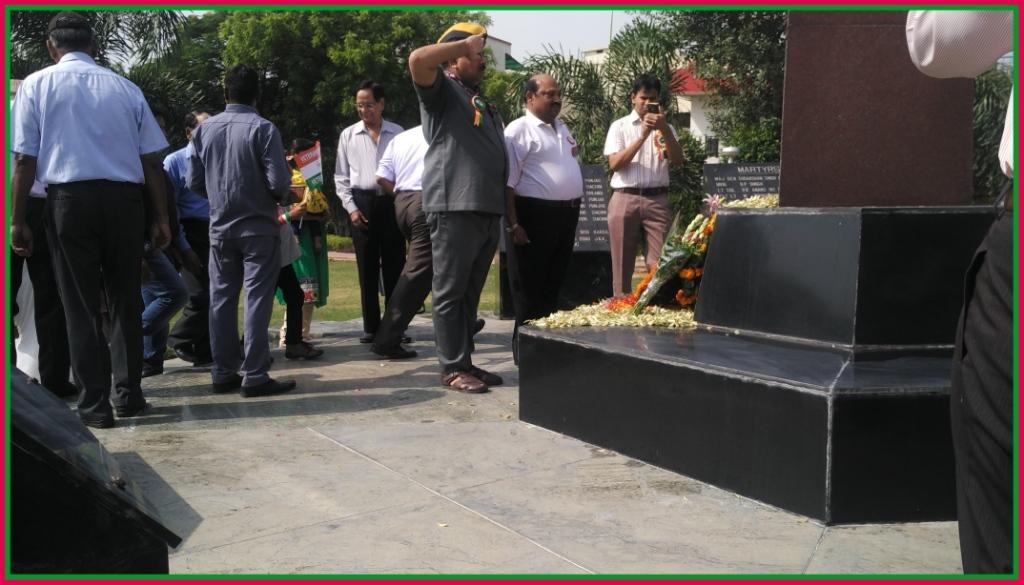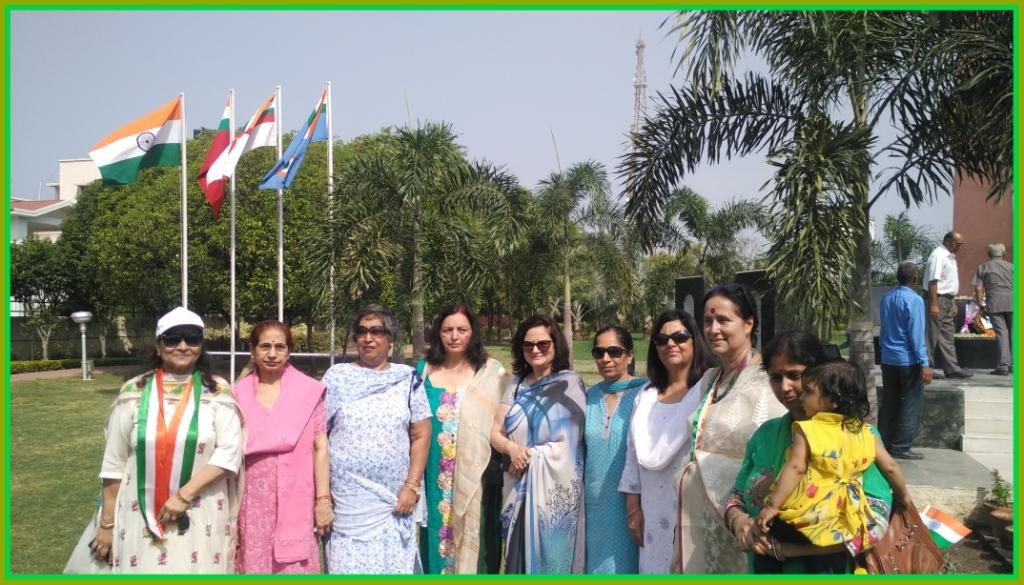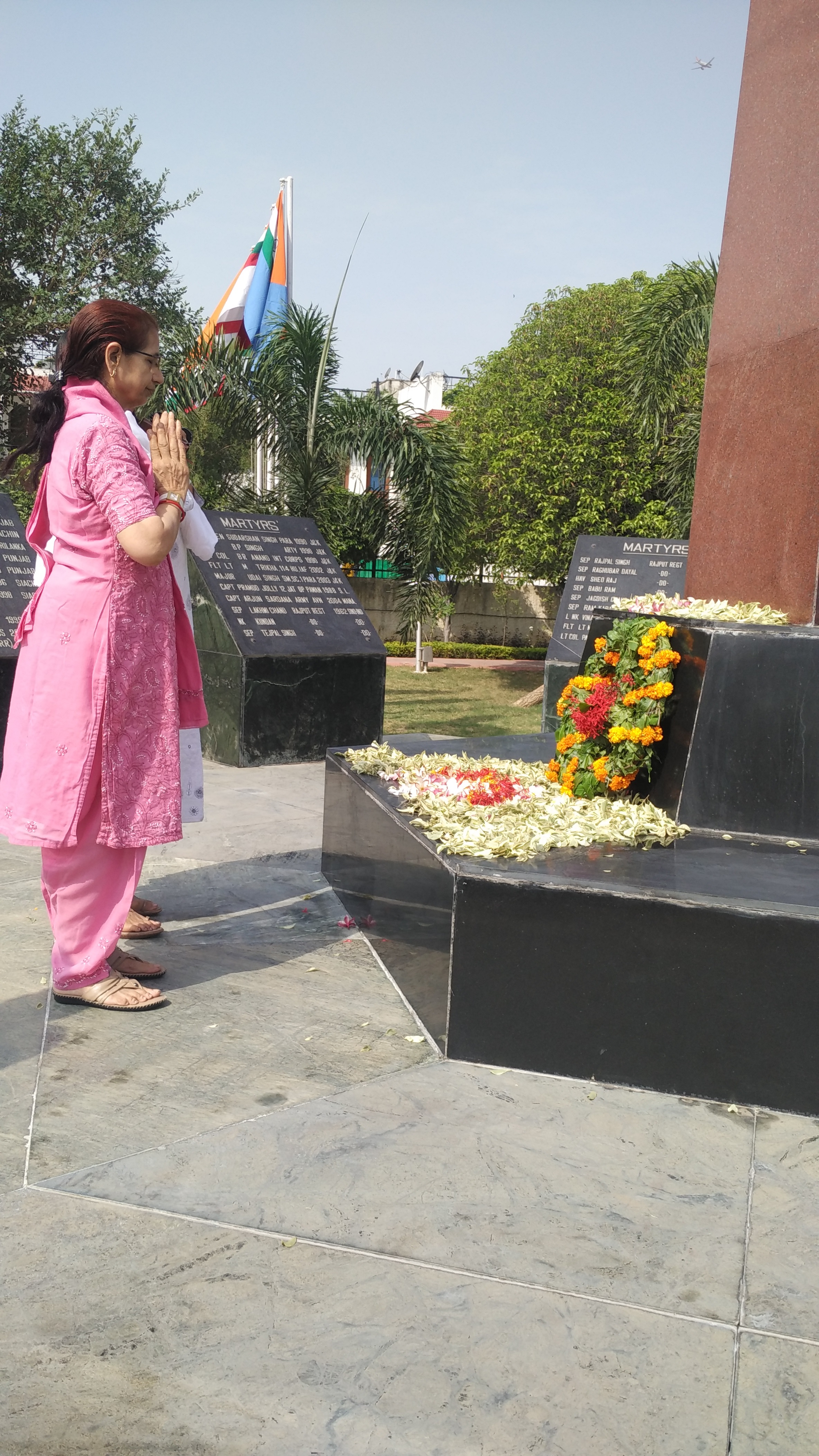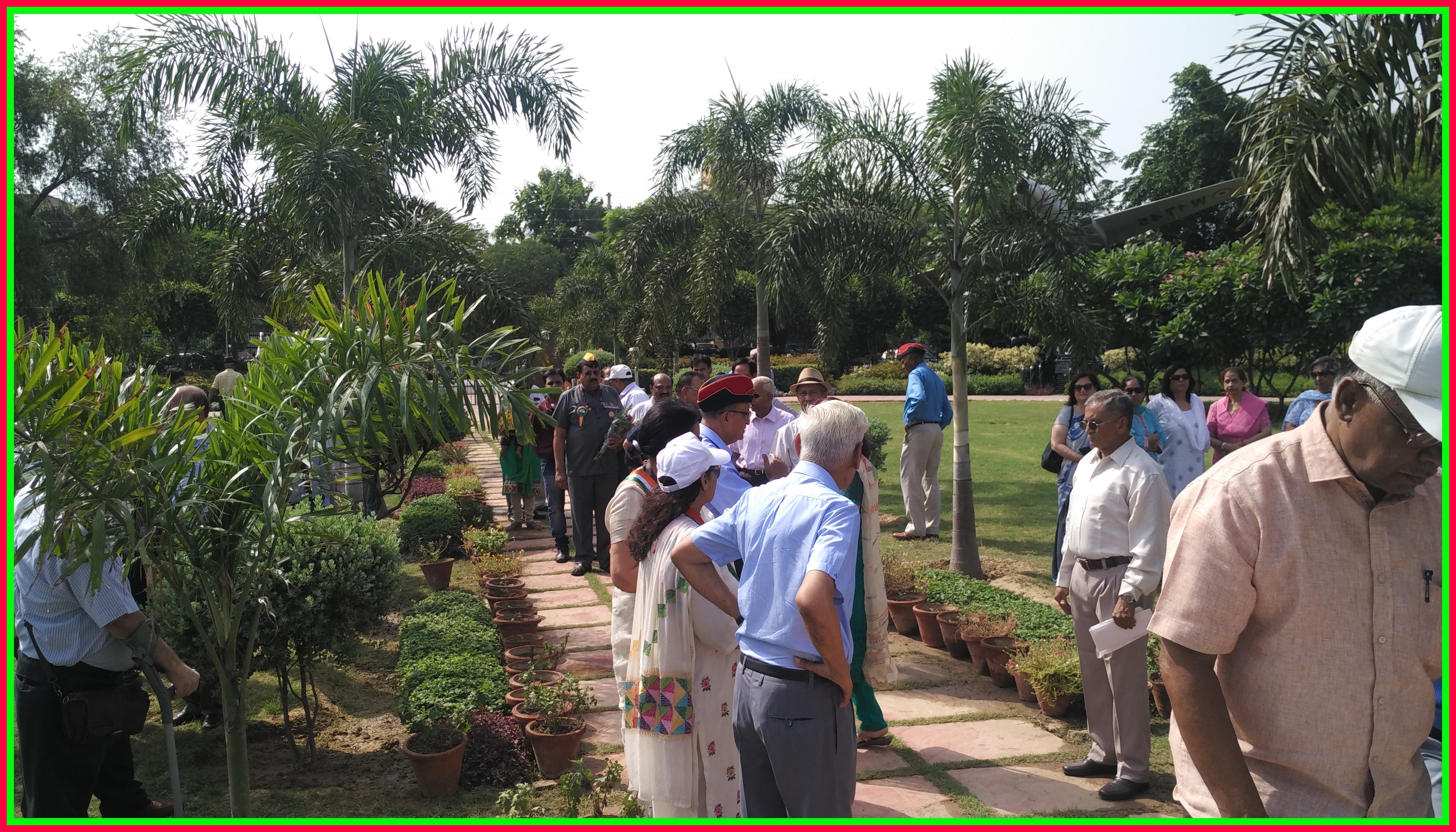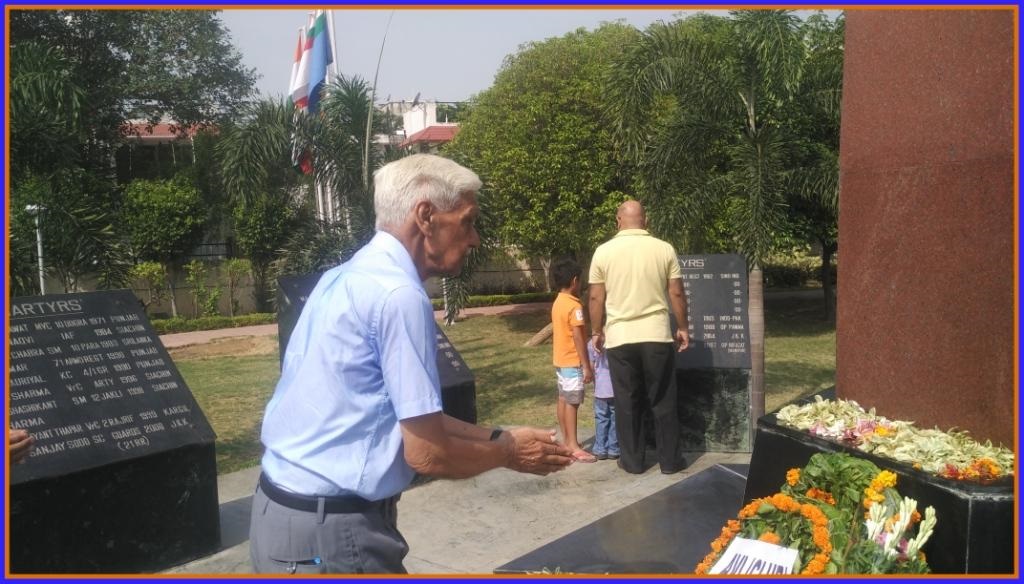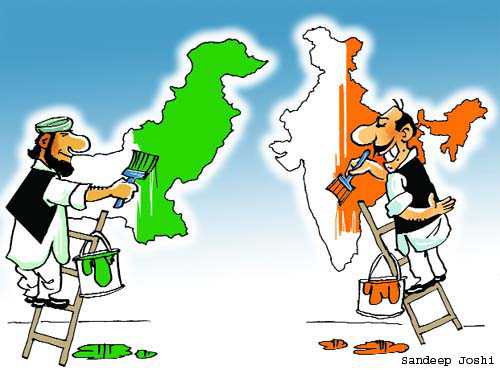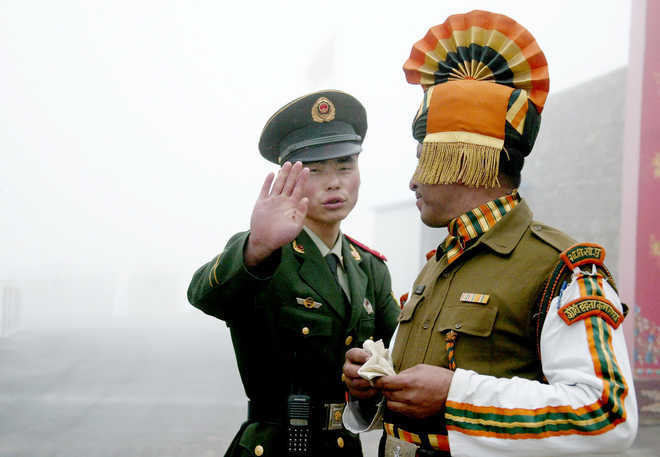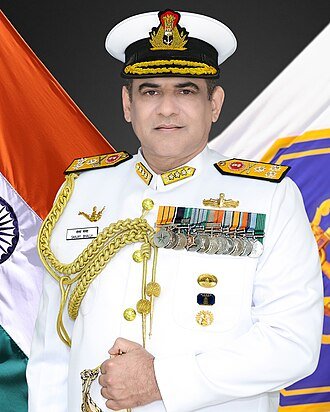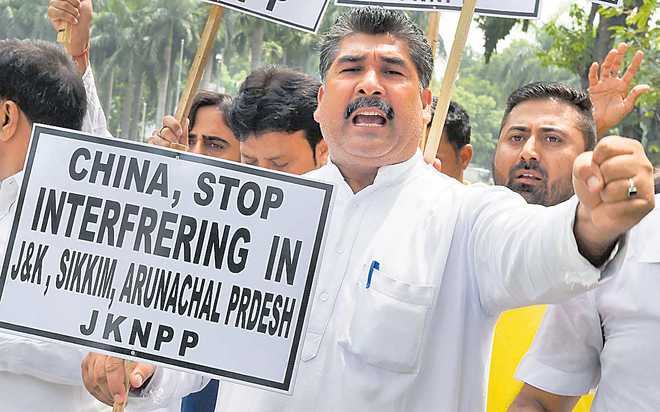
MESSAGE: The Doklam standoff with China conveys a disturbing message
M. K. Bhadrakumar
IF you don’t fund the State Department fully, then I need to buy more ammunition ultimately. So I think it’s a cost-benefit ratio.” These are words by James Mattis, US Secretary of Defence. It is a powerful statement about the no-man’s land where diplomacy and military power intersect in a country’s foreign policy. The point is, it is never easy to judge the measured activism with which military power is used in support of foreign policy. The preference for hard power may have seductive appeal — and diplomacy may look an elusive idea — but, historically, it is not without containing some irony. Bismarck’s “blood and iron” didn’t turn out to be the solution to the German question. It led instead to the ruin of Germany. Suffice to say, the so-called Doklam standoff with China conveys a stark and disturbing message. The government had a choice to resort to diplomacy or use military force. It chose the latter. According to the Chinese Foreign Ministry spokesman, “China had notified the Indian side in advance out of goodwill… on May 18 and June 8 respectively and the Indian side didn’t make any response.” Instead, when the Chinese began building the road on June 16, within forty-eight hours Indian troops intervened to stop the work. From all appearances, India didn’t blunder into the standoff. It was a political decision to project military power across the international border. The Indian troops simply crossed the Sikkim-China boundary to get across to the Bhutan-China border. Delhi claims that it is safeguarding Bhutan’s interests. Bhutan has not endorsed the Indian intervention publicly, but that causes no embarrassment to Delhi. The Indian commentators laud the government for showing exemplary restraint in the face of strident Chinese statements. But in reality the government owes no explanation to anyone for its action. The nearest analogy would be the “surgical strikes” against Pakistan — an unapologetic display of “muscular diplomacy”. Prime Minister Modi’s remarks on June 26 in Washington during his visit to the US regarding the “surgical strikes” put things in perspective. He said no country in the world questioned India’s action. Thereupon, he went on to say that India, while following international laws and norms, is also capable of taking “the toughest of steps for our sovereignty, security, peace, our people, and progress. Whenever the need arises we have done it and the world will never be able to stop us.” When he said this, Modi had known — although we hadn’t at that point in time — that the Indian forces had crossed the international border into Doklam, and there was a standoff, which was already into the second week. Therefore, it is futile to measure the standoff with coffee spoons on a daily basis in terms of a mutual “Doklam thaw”. Perhaps, the most significant remark that External Affairs Minister Sushma Swaraj made in her speech in the Rajya Sabha on Thursday was that the Doklam standoff is not a stand-alone issue. The minister was quoted as saying, “We are not negotiating only on Doklam, we are talking about bilateral relations in entirety. And a solution will also emerge from it.” Clearly, our pundits have let their imagination run berserk by analysing the Doklam standoff in terms of India “calling the Chinese bluff”; India “standing up to China’s bullying”; or India “giving China a bloody nose.” Such puerile thesis misses the point that this is a profoundly serious standoff, which India got into with great deliberation, stemming from a hugely consequential political decision. The Chinese statements have duly assessed that India did not blunder into this standoff, but acted with a purpose. What objective(s) would the government have had? Conceivably, there are four dimensions. One, Delhi would have hoped to send a message to Beijing on the lines Modi spoke in Washington – and, that he spoke from American soil carried its own resonance. Two, India hoped to bring forward from the backburner the issue of the “trijunction” where the borders of Sikkim, Bhutan and China meet. There are differences in interpretation, which have security implications. Three, succinctly put, India regarded itself to be a stakeholder in the China-Bhutan border negotiations and assertively sought a say in the two countries’ discourse. Four, importantly, India hoped that the Doklam standoff would lead to an enhanced strategic communication regarding each side’s core interests and vital concerns. However, the border issue also devolves upon the fact that there has been no consultation since the Special Representatives in December 2012 agreed on the so-called Common Understanding to the effect that “There is mutual agreement on the basis of the alignment of the India-China boundary in the Sikkim sector as provided by the convention between China and Great Britain relating to Tibet and Sikkim signed in 1890.” India hopes to negotiate from a position of strategic advantage insofar as its military presence in Sikkim is discernibly superior to China’s on its side of the border — and India’s “muscular diplomacy” over Doklam testified to it. Basically, India keeps an ambivalent stance with regard to the 1890 treaty — neither disavowing it nor acknowledging the delimitation of the India-China border in the Sikkim sector as established in the treaty, which China keeps emphasising as sacrosanct. How far India’s “muscular diplomacy” impressed the Chinese will only be known in the fullness of time. A partial Indian drawdown may have taken place, but China sticks to its unequivocal stance that there is no room for negotiation so long as Indian troops remained in Doklam. The chances of China retreating from this red line appear remote. There are facile assumptions being voiced that India can leverage China’s interest in the Indian market. But then, China’s exposure in the Indian market is miniscule in comparison with its profound interdependency vis-à-vis the United States — and yet Beijing asserts its core interests in the South China Sea. An $11.2 trillion economy with $3685 billion foreign trade (2016 figures) does not critically depend on the Indian market where China’s cumulative FDI flow is a paltry $1.63 billion and trade turnover stands at $71.48 billion. A Xinhua commentary on Friday (the day after Sushma Swaraj spoke in Parliament) all but ruled out any “face-saving” formula. It hinted at Beijing’s grit to blunt India’s “muscular diplomacy”, lest it became precedent-setting in future. Equally, Beijing intends to pursue its future relations with Bhutan as a truly sovereign, independent state and seems confident that Thimpu shares this interest. All in all, September could be the month to watch — unless there is a complete Indian withdrawal by then. Meanwhile, storm clouds are gathering.— The writer is a former ambassador








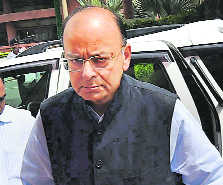



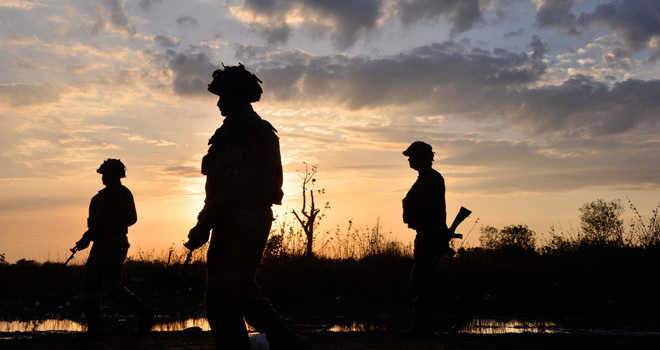
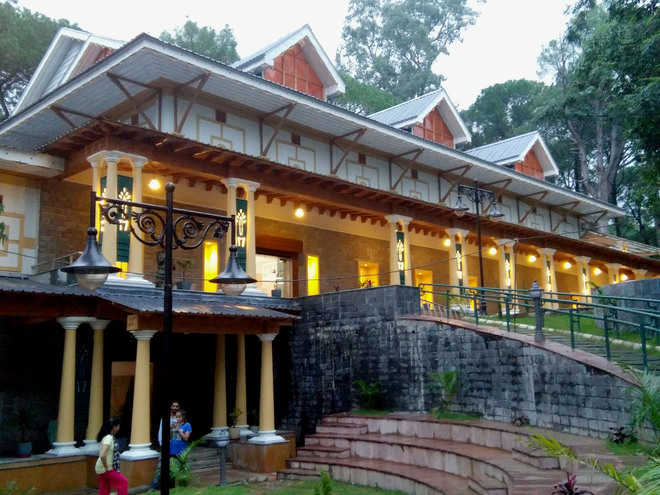
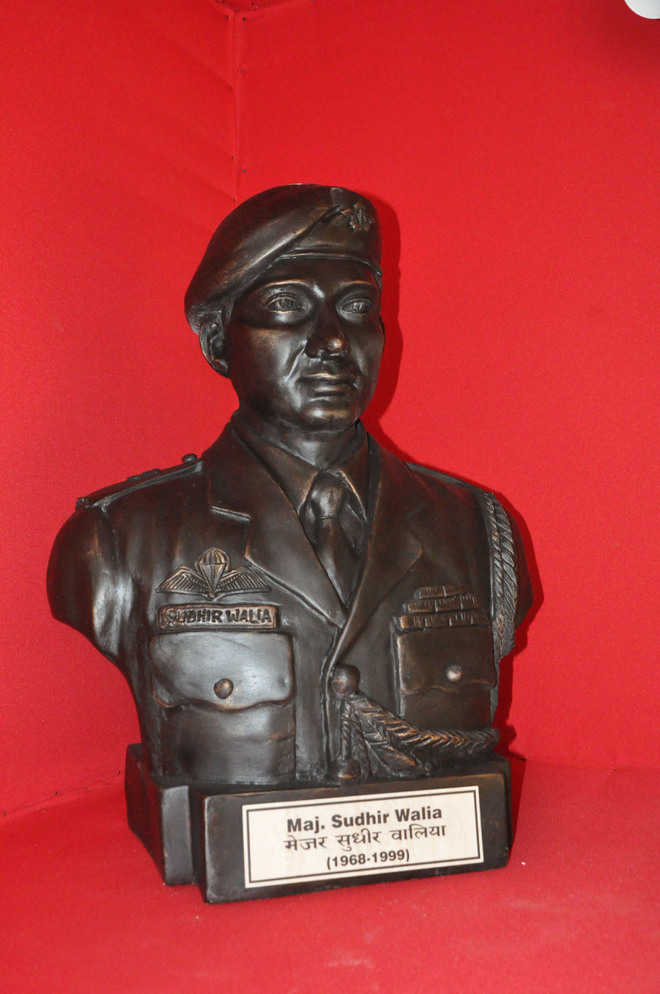
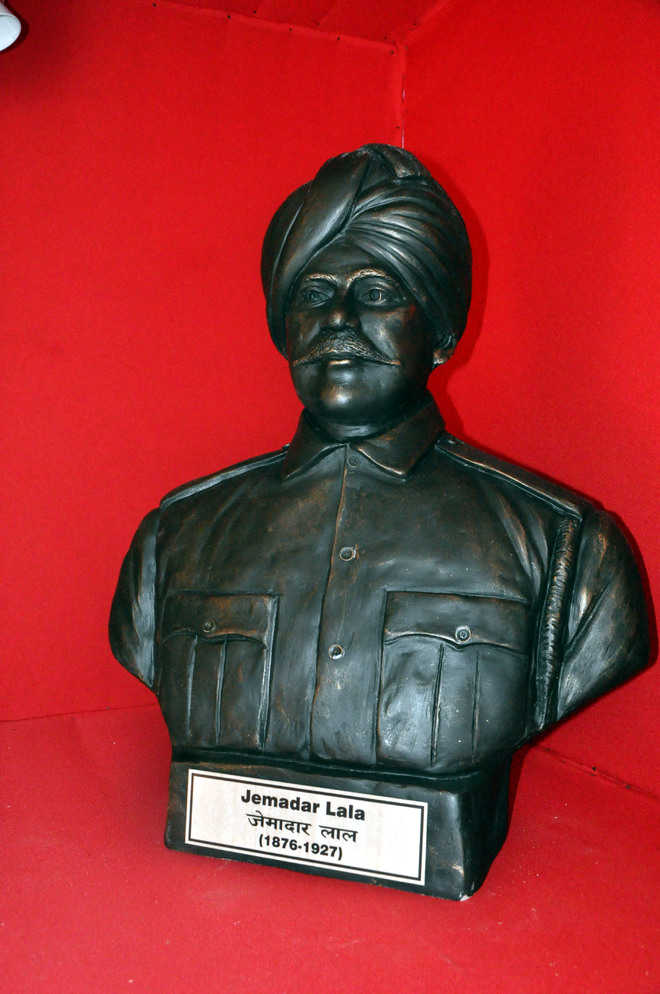
 PTI FILE
PTI FILE
